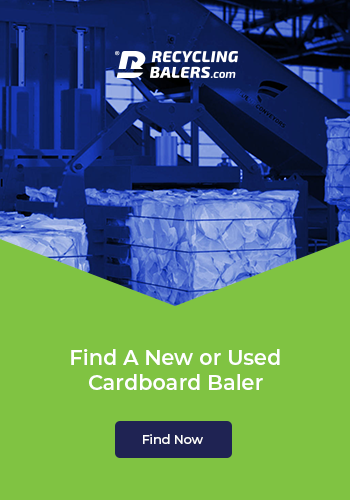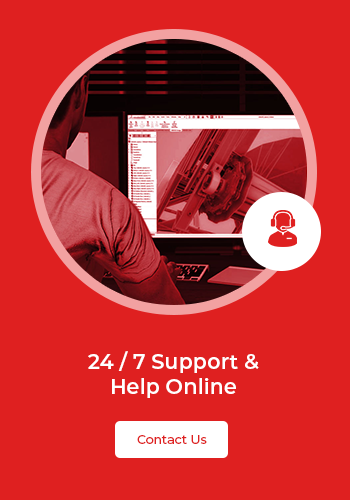What Can Wear Down A Conveyor?
Conveyor belts are designed to last for months and years without needing replacement. They’re firm, hardy, and built-to-last. And yet, with the constant stress of large, heavy objects on your belt, there is always the risk of wear that can eventually compromise the tension with which you belt operates. When the tension of your belt falls below optimal tension, you’ll find that malfunctions become far more likely. As such, you’ll find in this article advice as to how to spot and avoid wear and tear on your belt, preventing issues on your machine in the future.
The Load
Let’s first look at the load that your conveyor takes. This is the main stress point for most conveyors. Some types of load are typically seen as more damaging, or potentially damaging, to a belt than others. Examples of these objects might include:
· Heavy objects that place gravitational stress downwards upon your belt
· Irregularly-shaped objects
· Objects that have sharp edges which might lacerate a belt or cause parts to fray
· Fibrous objects which partially break when loaded onto your belt
If you’re loading your conveyor with materials that share one or more of the characteristics labeled above, you may find that your belt wears more over time. This can be mitigated by pre-processing your load – or else, this is a caveat to be aware of when performing maintenance.
The Rollers
To make a belt run efficiently and effectively, it needs to be run upon a set of rollers that are well-greased and smooth. The smoother your rollers, the less the bottom of your belt will experience friction from stubborn or stuck rollers. If your rollers are failing to spin as they’re designed to, this can cause wear on the underside of your conveyor belt.
The solution, of course, is a simple one: you need to perform routine maintenance on your machine, with particular attention paid to the rollers. If your belt is running smoothly and without friction, it’s less likely to experience wear on this particular area.
Weak Spots
A conveyor belt is designed to be held in tension. This tension is achieved through the adjustments of your engineers, enabling the smooth flow of your belt over time. The downside of this tension is that your belt will only ever be as strong as its weakest link: if there’s damage to a particular part of your belt, the combined action of the tension and a continual load can serve to make that damage worse.
As such, while wear can take many months to develop on a conveyor belt, it can take only a matter of days to reach a point at which it can significantly damage your conveyor. It’s worth keeping an eye out for conveyor damage – whether caused by a load, human error, or a malfunction –to catch small patches of wear before they become more significant.
While conveyors are made to be durable and reliable, they’re not immune to wear and tear. In this piece, you’ve learned the top three causes of conveyor belt wear – and what you should do to avoid circumstances where they might arise.



